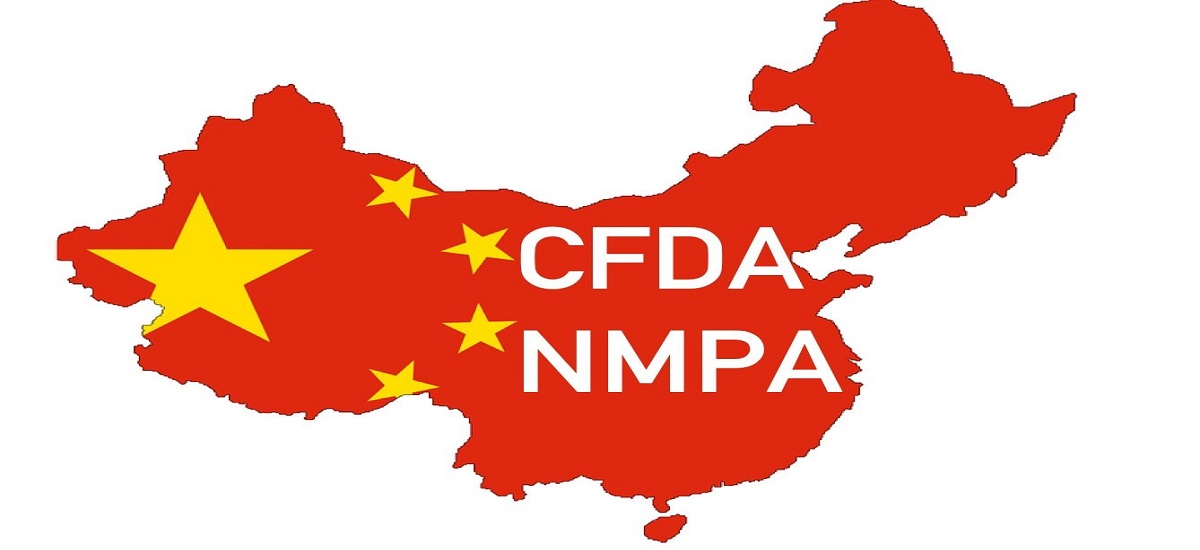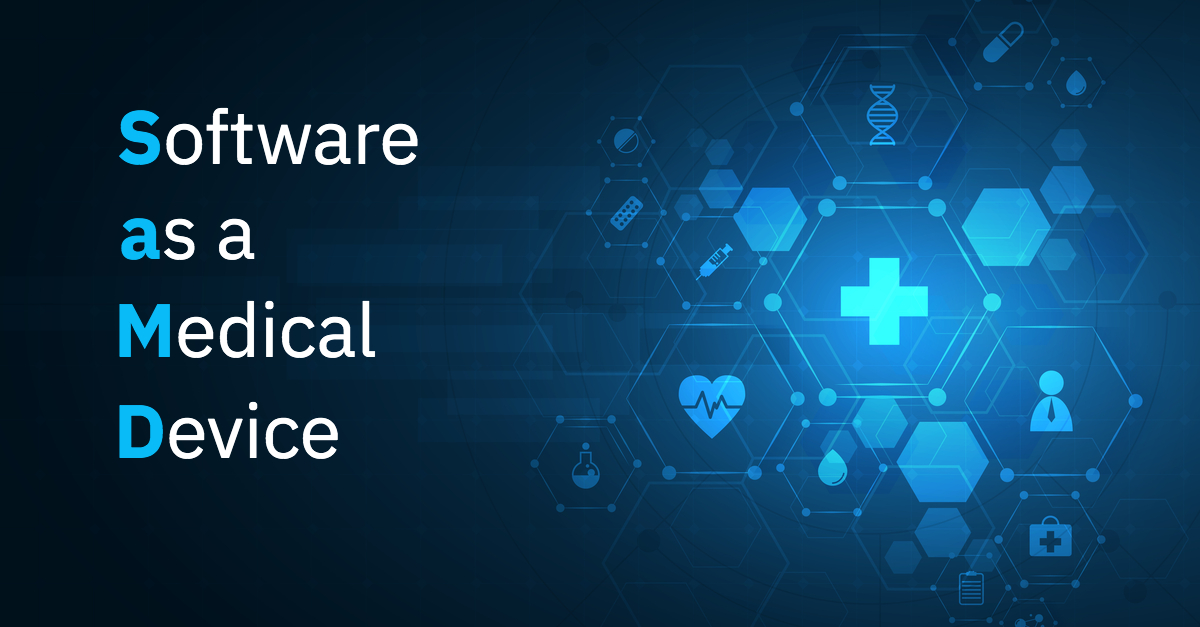Health Canada Regulation
Health Canada’s Medical Device regulations are considered to be one of the stringent requirements in the world for the licensing of medical devices. Regulation of medical devices in Canada is based on the level of risk possessed by the device to the user. This approach helps to balance the need to provide the healthcare system with timely access to the technology which is new and innovative, with the appropriate level of monitoring and time required to assess the safety and effectiveness.
Classification
Before manufacturers of medical devices can sell their products in Canada, they must comply with Canadian Medical Device Regulations (CMDR). However, it is important to know the correct medical device classification of the product before initiating the registration process. Proper classification of the product is the key for minimizing the registration costs and time to market.
Medical devices are classified based on the potential risk associated with their use. There are four device classifications namely Class I, II, III, and IV using a set of 16 rules found in schedule 1, part 1 of CMDR. SOR/98 – 282. IVDs are also classified as Class I through IV using a set of 9 rules, which can be found in Schedule 1, Part 2 of the CMDR.
The classification rules are similar to EU regulation. However, classification may differ, for instance, when compared with US FDA classification, many Class I products in the US are Class II in Canada, while some Class II products in the US are Class III in Canada.
Based on the classification of the device, license type is decided as well as quality system requirements. Class II, III, and IV devices require a product-specific Canadian Medical Device License (MDL) and ISO 13485:2016 certification. Class I products require a Medical Device Establishment License (MDEL), which is held by the manufacturer or distributor/Importer.
Marketing the medical device in Canada
Health Canada issues two types of licenses: the Health Canada Medical Device Establishment License (MDEL) and the Health Canada Medical Device License (MDL).
If a manufacturer has a class I medical device and plan to sell the product directly into Canada without a distributor, then a MDEL is required. If they choose to sell through distributors in Canada, then the distributor is required to have a MDEL. Distributors and importers must have a MDEL regardless of device classification. If the devices are class II – IV, the manufacturer must have both MDEL and MDL.
If the manufacturer is selling class II – IV devices, then MDL is required. The MDL is a product approval, while a MDEL is a permit for the company/distributor/importer itself.
Getting a MDL is comparable to the USFDA 510(k) process. The process of obtaining MDL is faster than 510(k) process for class II devices, same for class III devices and lengthier for class IV devices.
Health Canada requires manufacturers of Class II – IV medical devices to meet the QMS of ISO 13485 under Medical Device Single Audit Program (MDSAP) which includes compliance with the requirements of the CMDR. Before the device can be sold in Canada, QMS must undergo an audit by a MDSAP-accredited Auditing Organization (AO).
Approval process
Step 1:
Determine the classification of your medical device according to schedule 1, part 1 of CMDR. Devices fall under class I, II, III and IV.
Step 2:
Implement ISO 13485:2016 under MDSAP compliant quality management system for class II – IV.
Step 3:
For class II – IV devices, get the ISO 13485:2016 audit or re audit by an approved AO under MDSAP. ISO 13485:2016 certification will be issued after the successful completion of audit.
Step 4:
For class I devices, apply for MDEL. For class II, III, and IV, apply for MDL. Mandatory documents must be submitted in English or French.
Step 5:
For class I devices, submit a MDEL application, prepare mandatory documents and pay the fees. For class II devices, submit MDL application, Fee form, labeling (IFU), Declaration of Conformity and ISO 13485 (MDSAP) certificate and pay the fees.
For class III and IV devices, submit MDL application, followed by Declaration of Conformity, ISO 13485 certification, IFU, and premarket review document which includes the clinical data. Generally, the clinical data gathered outside Canada is accepted and finally the required fees have to be paid.
Step 6:
Health Canada reviews MDL application (Class II, III and IV) and Premarket Review Document (Class III and IV only).
Step 7:
For Class I devices, approved applications will be posted on the Health Canada website and MDEL certificate will be emailed to the manufacturer.
For Class II, III, and IV devices, issued licenses will be posted on the Health Canada website, and copies of MDL will be emailed.
Step 8:
Now the manufacturer can begin marketing the device in Canada. Note that Licenses do not expire as long as the registration is renewed usually it is annual. Failure to file for renewal will result in revocation of license.
How KN consulting can help with Health Canada medical device approval
1.Confirming your device classification in Canada
2.Completing and filing the MDL or MDEL application on your behalf
3.Developing, implementing, or modifying your ISO 13485 quality management system to meet MDSAP and Canadian requirements
4.Providing employee training on ISO 13485, MDSAP, and CMDR
5.Determining the proper annual license fee payable to Health Canada
6.Providing onsite auditing to confirm compliance with ISO 13485, MDSAP, and CMDR.
Conclusion
With a population of more than 36 million and a well-organized national healthcare system, Canada is a lucrative market for medical device manufacturers.
Our team has experienced consultants who have helped medical device companies with Health Canada licensing, MDSAP and CMDR compliance. Contact KN consulting for more information on our Health Canada medical device registration services.




